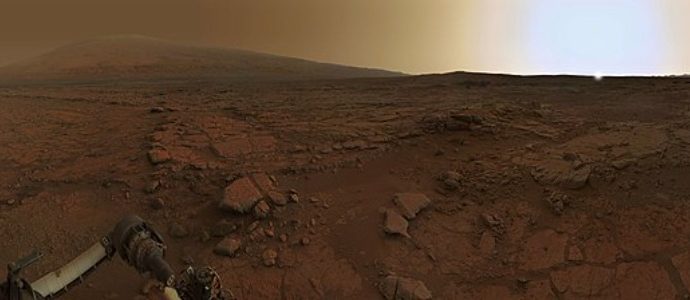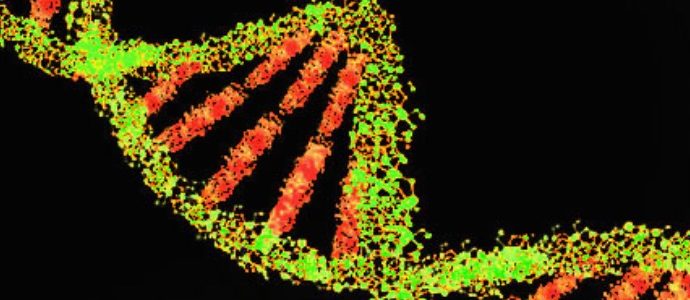Why Have 100 of the Galaxy’s Stars Gone Missing?
A recent comparison of star catalogues taken nearly two-thirds of a century apart have revealed that our local stellar neighborhood has lost at least 100 stars since the 1950s. The team of researchers that conducted the survey are at a loss as to how such massive objects could simply… disappear.read more



